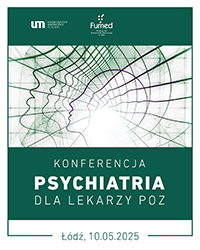Peculiarities of changes in the cardiovascular system in the course of sepsis in newborns
Natalia Kretsu, Olena Koloskova, Tetiana Bilous
 Affiliation and address for correspondence
Affiliation and address for correspondenceThe issues of early diagnostics of cardiovascular disorders in neonates with sepsis using up-to-date methods of examination are relevant today and will remain so in the future. They can be used as screening methods with the purpose to verify the possible development of cardiovascular dysfunction. Aim of the study: The study aimed to investigate the peculiarities of possible changes in the cardiovascular system and physiological electrical heart activity in neonates with signs of generalised infectious-inflammatory process, and to assess possible diagnostic methods and use of electrocardiography to verify cardiovascular disorders in newborns with neonatal sepsis. Materials and methods: To achieve the study objective, we followed up a total of 69 neonates with signs of generalised infectious-inflammatory process. Group I (32 patients – 46.4%) included neonates with a term of gestation of 37–42 weeks, and group II included 37 preterm neonates (53.6%) with a term of gestation under 36 weeks inclusive. Results: Generalised infectious-inflammatory process during the neonatal period of term infants is accompanied by electrocardiographic signs of left ventricular overload associated with the female sex (r = 0.30), delivery by cesarean section (r = 0.27), and assessment of neonatal condition by a 5-minute Apgar score (r = −0.33). The study demonstrates that increased values of lactate dehydrogenase activity in the blood plasma both in the term and preterm neonates are associated with left ventricular overload among the former, and the right ventricular overload among the latter, that is, preterm neonates. Conclusions: Increased values of lactate dehydrogenase activity in the blood serum of both term and preterm neonates are associated with left ventricular overload in term neonates, while right ventricular overload in preterm infants thus can be considered as a marker of cardiovascular dysfunction caused by neonatal sepsis, especially in the subpopulation of term patients considering its diagnostic value. Changes found in electrophysiological heart activity promote the necessity of routine use of electrocardiography in neonates with signs of the septic process.











